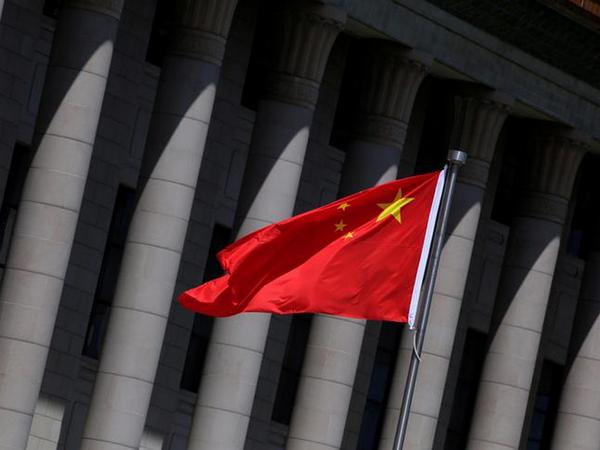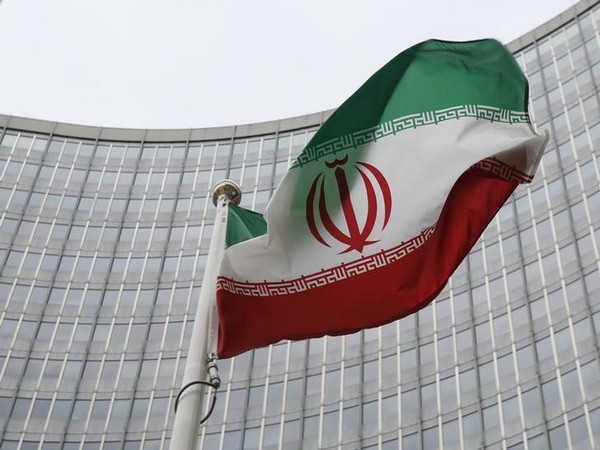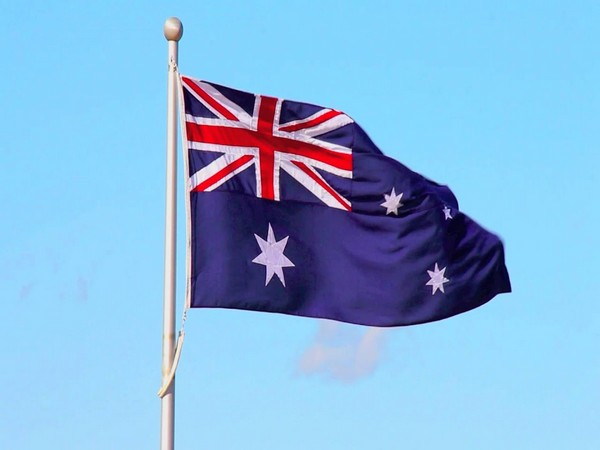
US - China UAV race in the East Sea
Mar 24, 2024
Beijing [China], March 24: The South China Sea Strategic Transparency Initiative (SCSPI), part of Peking University (China), recently released a new report on the situation in the East Sea .
The US "launched" a UAV to operate in the East Sea
Accordingly, the MQ-4C long-range UAV is increasing operations in the East Sea. Operating autonomously using state-of-the-art sensors, the MQ-4C can operate with manned anti-submarine aircraft to perform intelligence, surveillance and reconnaissance missions over ocean areas, big sea.
Speaking when presenting the above report, SCSPI Director Ho Ba said: "Since October last year, the MQ-4C has completely replaced the MP-3E, so the upgrade of the UAV generation has been completed, at least is in the South China Sea and Taiwan Strait areas". The above report also stated: "By providing military assistance, maritime support and personnel training to countries in the region, the United States continues to strengthen maritime capabilities and expand maritime awareness of countries in the region. other claimants in the South China Sea, regional allies and partners". Mr. Ho Ba also said that the US's increased UAV operations could increase the risk of "collision and misjudgment".
Regarding the issue of the US putting the MQ-4C into operation in the East Sea, since 2020, the South China Morning Post quoted military expert Song Zhongping (China) as saying: "The US deployment of surveillance aircraft Such surveillance as the MQ-4C UAV or P-8A and P-3C reconnaissance and anti-submarine aircraft can help the US Navy monitor warships, submarines and other underwater activities in the area."
China's strategy
In fact, China has also promoted UAV activities in the East Sea for many years.
In September 2019, the spokesperson of Vietnam's Ministry of Foreign Affairs spoke out against China's construction of a drone network in the East Sea region to serve its plan to monitor and control the entire region. Previously, the South China Sea Department of China's Ministry of Natural Resources said it had deployed a UAV network in the East Sea to monitor and monitor offshore entities and waters. This UAV surveillance network includes devices integrated with high-resolution cameras, has a wide viewing range, transmits images in real time to transfer to ground facilities and provides real-life image quality. UAVs collect images or film directly and transmit them to the signal transceiver on the ground.
Responding to Thanh Nien , Dr. Koh Swee Lean Collin (defense expert at S.Rajaratnam School of International Studies, Singapore) once analyzed: "UAVs are part of an intelligence network that collects information and monitors. and Chinese reconnaissance (ISR) in the South China Sea. The ISR network does not rely solely on a foundation of a few simple sensors that can be hindered, for example, by satellites covered by clouds. Therefore, UAVs help fill certain gaps. Furthermore, performing ISR operations with UAVs is cheaper than deploying manned aircraft."
In mid-2022, the Global Times newspaper reported that academies and training facilities of the Chinese People's Liberation Army (PLA) have recently integrated a large number of unmanned and intelligent devices including unmanned vehicles, UAVs and robots in the amphibious training course for officer cadets. The newspaper quoted a military expert as commenting that the training shows that the PLA is preparing troops to be able to land quickly and in which the use of unmanned vehicles will be an important part. This expert analyzed amphibious assault as an important capability for the PLA to be able to fight in areas such as the Taiwan Strait and the East Sea.
In fact, recently, Chinese UAVs have also been frequently recorded in the northern region of the East Sea when conducting missions against Taiwan .
Source: Thanh Nien Newspaper






